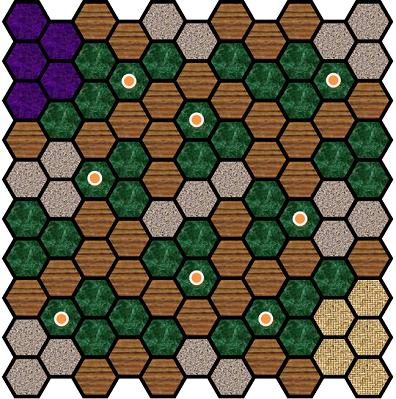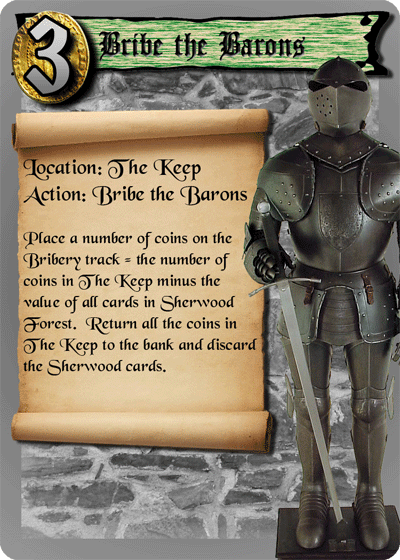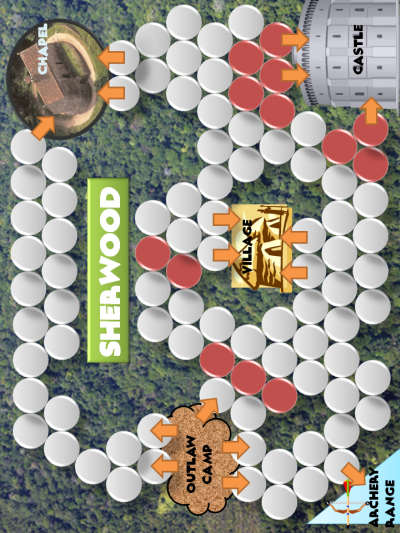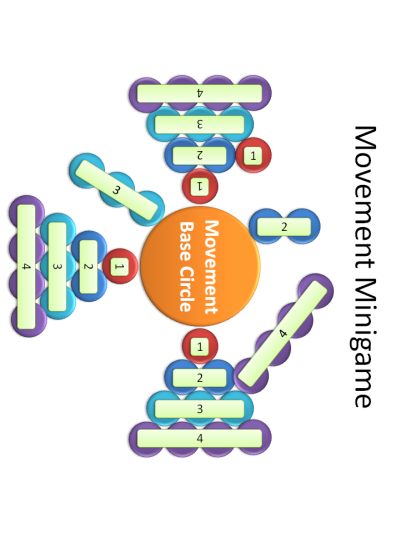September 2010 Game Design Showdown - "Yea, Verily!"
Please Read: Details on entering the Game Design Showdown.
VOTING RESULTS ARE IN for the September 2010 Game Design Showdown entries!
Photo finish this month! Congratulations to Richard James (rcjames) for garnering 8 votes with his cooperative game entry Nottingham!
Runner up in 2nd place with 6 votes was (dplepage) for Sherwood Irregulars.
Thanks everyone for participating, I really liked several of the entries this time! The critique thread is now open for business!
Main Design Requirements:
Theme Restriction: This month's theme restriction is very rich and recognizable to all: Robin Hood! There have been a few published games with this theme, but none I would consider great... maybe you can do better?
Mechanics Restriction: To go along with the theme, your game must have some semblance of "stealing from the rich and giving to the poor".
Mechanics Restriction: Your game must also include at least two different mini-games. For an example of a mini-game, consider Archon, a Chess style game where you play a mini-game to see which piece actually wins in a capture.
Please follow the established guidelines for formatting and submission of your entry.
- Submissions: Thursday, 23-Sept-2010 through Thursday, 30-Sept-2010.
- Voting: Through Friday, 8-Oct-2010.
- Voting Format: Each person has 6 votes to distribute any way they choose among the GDS entries with the following restrictions:
-
- You may not assign any votes to your own entry!
-
- You may not assign more than 3 votes to any single entry.
- You need not assign all 6 votes.
Comments or Questions: Comments and questions about this Challenge were handled on the Comments Thread.
- CRITIQUES: After voting has closed the entries will be posted for comments and critiques. Post constructive critiques and commentary about the entries to this Challenge in the Critiques Thread
- GDS Details: For more details on how these Game Design Showdown Challenges work, especially the details around the word count and graphics limits, visit the GDS Wiki Page. Enjoy!













Robin n the Hood
4-6 players Playing time 10-20 minutes
One night around the campfire, Robin's band of merry men gets a-arguing; who's the best bandit of them all? A challenge is set; He who steals the most gold from the rich to give to the poor will be heralded as the winner.
Components:
Objective: Steal as many gold coins from Prince John's carriage as you can.
The game map:
Setup:
Gameplay:
Strategy: